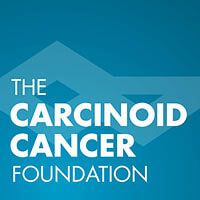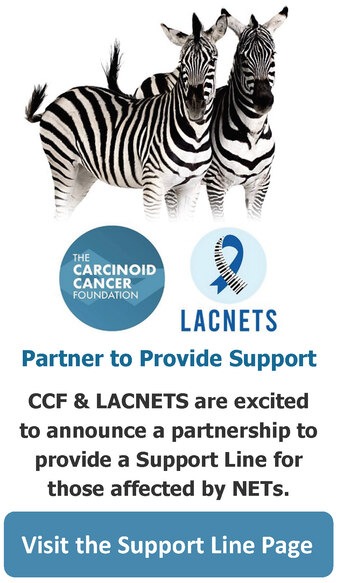LABORATORY TESTS
Chromogranin A (CgA) – At A Glance
Why test? Read more . . .
Elevated Plasma Chromogranin A Is the First Indication of Recurrence in Radically Operated Midgut Carcinoid Tumors (Full Text)
Published online: January 29, 2009
Staffan Welin, Mats Stridsberg, Janet Cunningham, Dan Granberg,
Britt Skogseid, Kjell Öberg, Barbro Eriksson, Eva T. Janson
Department of Medical Sciences, Unit of Endocrine Oncology, Clinical Chemistry, University Hospital, Uppsala, Sweden
Conclusion: P-CgA was the first marker to indicate tumor recurrence in the majority of radically operated midgut carcinoid patients. To avoid unnecessary and costly examinations in asymptomatic patients, we suggest that follow-up should comprise measurements of P-CgA twice a year and annual ultrasonography until P-CgA is elevated or clinical symptoms occur, at which time all efforts should be made to identify recurrent tumor lesions in order to give the patient the best possible treatment which, if possible, should be surgical removal of the recurrence.
NOTE: The importance of Chromogranin A as a neuroendocrine marker has been known and documented in the medical literature for over 20 years.
From the Medical Director Emeritus of the Carcinoid Cancer Foundation
LETTER OF MEDICAL NEED AND EXPLANATION FOR UNUSUAL BLOOD TESTS BEING USED ROUTINELY
Note: The test for Octreotide (Sandostatin) blood levels is still considered experimental by most insurance companies and these companies may therefore NOT pay for this test. For more information regarding this test contact InterScience Institute.
Testing preparation
Preparing for the 24-hour Urine 5HIAA Test
How and Why the 5HIAA Test Is Performed, Normal Range (from Medline Plus, a service of the U.S. National Library of Medicine, National Institutes of Health)
NETest
NETest, a state-of-the-art liquid biopsy test for neuroendocrine tumor patients offered by Wren Laboratories.
The clinical applications of a multigene liquid biopsy (NETest) in neuroendocrine tumors
Hear more from Irvin Modlin, MD, PhD, Dsc, Medical Director of Wren Laboratories and creator of the NETest, when he was the first featured guest for the Carcinoid Cancer Foundation’s Luncheon with the Expert series: https://youtu.be/m45pRs9tIdU
IMAGING
Appropriate Use Criteria for Somatostatin Receptor PET Imaging in Neuroendocrine Tumors. Guidelines from NANETS, the North American Neuroendocrine Tumor Society Read full text
Gallium-68 PET/CT: please visit our www.prrtgalliumcenters.org website for more information on the scan; clinical trials with different agents are currently ongoing. On August 21, 2019, the US Food and Drug Administration approved Gallium-68 PET/CT with DOTATOC.
Copper Cu 64
In September 2020, the FDA approved copper Cu 64 dotatate injection for the localization of somatostatin receptor–positive neuroendocrine tumors. Read more HERE and HERE.
Tina Binderup, Ulrich Knigge, Annika Loft, Jann Mortensen, Andreas Pfeifer, Birgitte Federspiel, Carsten Palnaes Hansen, Liselotte Højgaard, and Andreas Kjaer
Authors’ Affiliations: Department of Clinical Physiology, Nuclear Medicine and PET, Rigshospitalet, Copenhagen, Denmark; Cluster for Molecular Imaging, Faculty of Health Sciences, University of Copenhagen, Copenhagen, Denmark.
J Nucl Med 2010; 51:704–712
Click here to read the Abstract
How to Diagnose and Monitor Carcinoid (neuroendocrine tumors): Which Tests and How Often?
Compiled by Susan L. Anderson – September 9, 2002, Updated September 2007
Susan (a carcinoid patient) has compiled a summary of “Which tests and how often” from information provided by Drs. Anthony, Warner and Woltering. After her summary there is additional information from each of these doctors based on their own experience and additional information for the physician. Susan has provided information and support to the carcinoid community since early 1997.


